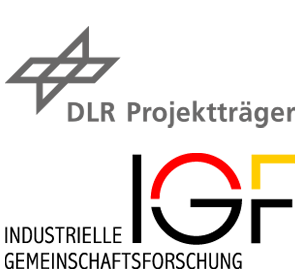Find projects
bIR-Mark
Bio-based IR markers for pure plastic recyclates
Project duration
From: 01.02.2022 To: 31.07.2024Description
In distinguishing different grades of the same polymer, the state-of-the-art NIR sorting systems for plastic waste reach their limits. These non-separable fractions include, for example, more than half of the globally produced plastics in the form of various types of PE and PP. Examples include viscosity, mechanical properties, or even bio-based raw material sources (so-called drop-in solutions). The recyclates obtained from these sorting fractions then consist of mixtures of the different types with correspondingly undefined properties. To address this issue, the project's goal was to develop and validate new NIR markers from biogenic sources (by-products of the food industry) for use in plastics. These markers are intended to enable sorting of previously indistinguishable fractions on industrial NIR sorting systems, thereby increasing the achievable quality of recyclates.´The scientific focus was on two main aspects: first, the development of methods for the production of the markers and the necessary chemical modifications, taking into account important material properties such as stability and signal intensity. Second, a fundamental understanding of the incorporation and short- and long-term behavior of the markers in a polymer matrix was to be developed. Special attention was paid to potential aging effects in the compound and the preservation of NIR activity. Ultimately, the goal was to demonstrate the sortability of the markers on an NIR sorting system commonly used in the recycling industry. With the available equipment, only small amounts of polyphenols could be obtained from cocoa shells. In the extraction of hemicellulose, the limiting factor was the amount of hemicellulose that could be extracted per batch with the existing extraction system. A modification of hemicellulose was intended to increase its stability and introduce IR-active groups. The challenge in finding suitable markers lay in their signal output, which had to differ from or alter the signals of the matrix and additionally fall within the detection range of the sorting system, as well as in the processability of the markers. The project results showed that hydroxyl-rich products in particular met these requirements.
Contact person:









